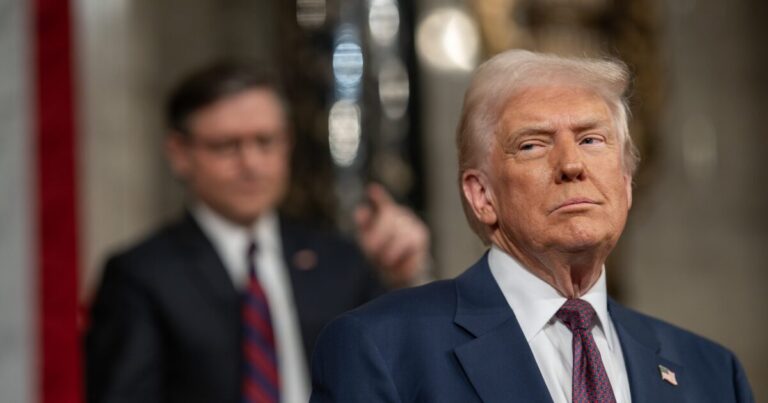Supreme Court Upholds Trump Administration’s Plan for Mass Layoffs at the Department of Education
The Supreme Court has delivered a significant ruling allowing the Trump administration to move forward with its controversial plan to implement mass layoffs at the Department of Education. This decision, made with a 6-3 vote, is seen as a major victory for the White House and an opportunity to reshape educational governance in the United States.
Key Details of the Ruling
-
Ruling Overview: The Supreme Court’s unsigned order temporarily halts a previous lower court decision that had paused the layoffs indefinitely. This allows the Trump administration to resume its plans while ongoing legal challenges are worked through the system.
- Immediate Actions: Following the Court’s decision, the Department of Education quickly sent out notices to its employees indicating the resumption of the shrinkage plan, signaling a brisk move to implement the layoffs.
Trump’s Reaction and Vision for Education
President Trump celebrated the ruling, referring to it as a significant victory for parents and students across the nation. In remarks shared on Truth Social, he emphasized breaking free from what he described as the federal government’s detrimental management of the education system.
“The Federal Government has been running our Education System into the ground, but we are going to turn it all around by giving the Power back to the PEOPLE,” Trump stated.
Vision for State Empowerment
- Trump’s administration aims to return educational authority to state governments.
- The goal is to enhance educational quality by localizing control and decision-making.
- He appointed Linda McMahon as Secretary of Education to spearhead this transformation.
Implications for Education in America
This ruling does not just indicate a shift in workforce management but also points to a broader strategy to decentralize education governance:
-
Potential Benefits:
- Localized control may lead to more tailored educational strategies that meet the needs of specific communities.
- By empowering states, the intent is to improve educational outcomes and competitiveness.
- Concerns:
- Critics argue that mass layoffs could disrupt the continuity and quality of education.
- There are fears that such changes could lead to disparities in educational access depending on a state’s resources.
Conclusion
The Supreme Court’s decision represents a pivotal moment in the ongoing debate about the future of education in the United States. As the Trump administration prepares to implement its plans, the implications will reverberate throughout American schools and communities for years to come.
For the latest updates and more information, consider visiting authoritative sources like CNN or NPR.
Stay informed as developments unfold in this crucial area of public policy.


